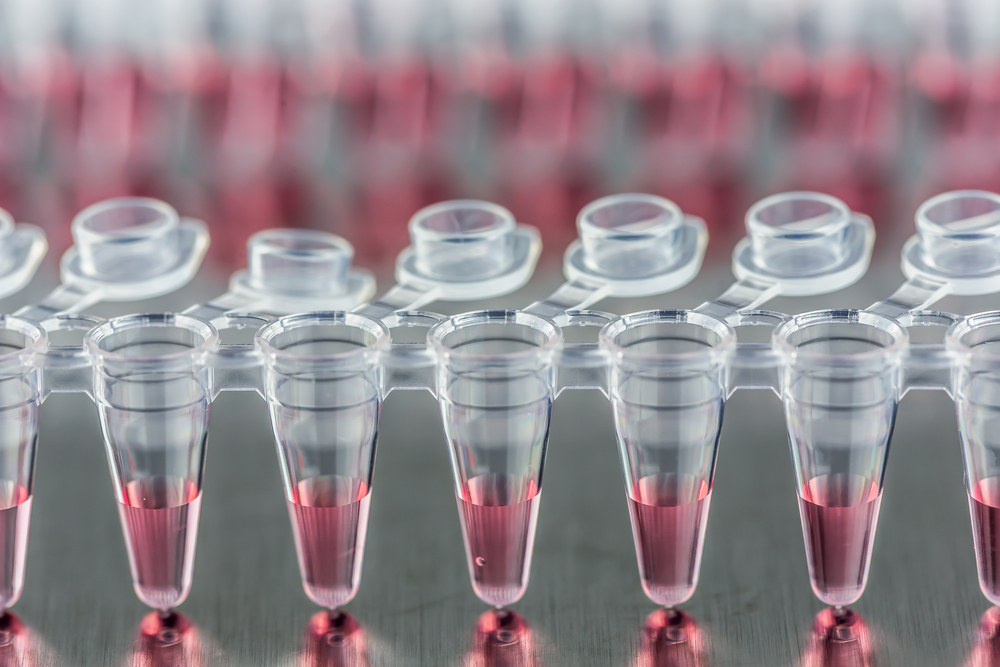FDA Approves Test of Combined Stem Cell and Gene Therapy for ALS

Regenerative medicine investigators at the Cedars-Sinai Medical Center have received U.S. Food and Drug Administration (FDA) approval to test a novel combination stem cell-gene therapy they’ve developed to stall amyotrophic lateral sclerosis (ALS) progression. Enrollment in the trial is expected to commence soon.
Also known as Lou Gehrig’s disease, ALS is a neurological disorder that attacks muscle-controlling nerve cells motor neurons in the brain, brainstem and spinal cord, causing progressive paralysis. As motor neurons die, patients lose their ability to initiate and control muscle movement, leading to paralysis and eventually death, usually within five years of diagnosis. Because there are no effective treatments for ALS, leaving patients reliant on only medications that help alleviate symptoms such as muscle spasms, or mechanical breathing aid devices, this upcoming clinical trial is regarded as particularly significant.
The FDA testing approval will allow 18 ALS patients to receive a new investigational drug within a few months once the study begins at the Cedars-Sinai Board of Governors Regenerative Medicine Institute. It reportedly will be the first clinical trial to test the safety of this type of therapy, which has been developed with the intention of preserving ALS patients’ leg mobility.
The Cedars-Sinai Board of Governors Regenerative Medicine Institute’s focus is on regenerative medicine, a developing field that aims to restore function in diseased or aged tissues by either revitalizing existing cells or transplantation of new cells. The theory is that revitalization could occur through introduction of powerful growth factors to the body, or by stimulating immune system function in ways that enhance cell survival.
Consequently, stem cells are of particular interest to regenerative medicine researchers. These cells, found deep within most adult body tissues, often are difficult to manipulate or expand outside the body. Stem cells in bone marrow are responsible for blood production and play a major role in immune defense activity, while other stem cells may be associated with certain cancers, with biology that scientists suggest may lead to promising new techniques for reducing tumor growth.
Stem cells found in the adult heart and can be manipulated and grown outside the body then transplanted back into the donor patient, while embryonic stem cells can be isolated from human embryos (hES cells) and propagated to enormous numbers in the laboratory while remaining “pluripotent” — capable of generating any human body tissues.
Stem cells from the adult human body categorized as induced pluripotent stem (iPS) cells also have recently been reprogrammed to an embryonic stem cell state, and are important for regenerative medicine because they can be derived from a patient and turned into any type of body tissue, which then can be used as a source of autologous cells for repair while avoiding immune rejection issues. Importantly, use of iPS cells avoids ethical issues associated with collection and destruction of human embryos.
“Any time you’re trying to treat an incurable disease, it is a long shot, but we believe the rationale behind our new approach is strong,” Clive Svendsen, PhD, a professor of Medicine and of Biomedical Sciences, and director of the Cedars-Sinai Board of Governors Regenerative Medicine Institute, said in a press release. Svendson has spent a dozen years developing a new regenerative medicine approach, funded by a $16.8 million grant from the San Francisco-based California Institute for Regenerative Medicine (CIRM) and outlined in a 4,600-page application to the FDA.
“This is a highly innovative approach to a disease that has mystified medicine for generations,” Shlomo Melmed, MD, Cedars-Sinai executive vice president for Academic Affairs and dean of the medical faculty said. “The combination of cutting-edge stem cell science, developing a new device to inject the cells, our outstanding research laboratories and the direct involvement of neuroscientists, neurosurgeons and neurologists, made this CIRM-funded project possible,” he said.
Trial participants will be recruited from the ALS Clinic at Cedars-Sinai, with the trial to be led by Robert Baloh, MD, PhD, and Peggy Allred, PT, DPT. The neurosurgical team will be led by J. Patrick Johnson, MD, MS, of the Cedars-Sinai Spine Center, whose multidisciplinary team includes orthopaedists, neurosurgeons, pain management and conservative care specialists and spine nurses.
Patients eligible to be considered as participants the trial must be experiencing ALS-caused leg weakness, with stem cell implantations to be conducted during five-hour surgical procedures in which a neurosurgeon will remove a piece of bone in the lumbar region of the patient’s lower back and inject stem cells directly into an area of the patient’s spinal cord that governs movement on only one side of the body. The surgeon will employ an investigational device developed specifically for this trial, and neither the patients nor the physicians caring for them will know which side has received the stem cells.
“We will follow the patients for a year and measure the strength in each leg,” Svendsen said. “In ALS, usually the legs lose strength at the same time. This is a small safety trial to ensure the cells releasing GDNF do not have any negative effects on leg function. If safe, we plan a larger future trial to see if this therapy can improve strength in the treated leg.”
Persons with ALS seeking information about participation in the clinical trial may find out more by calling (310) 423-1791.






